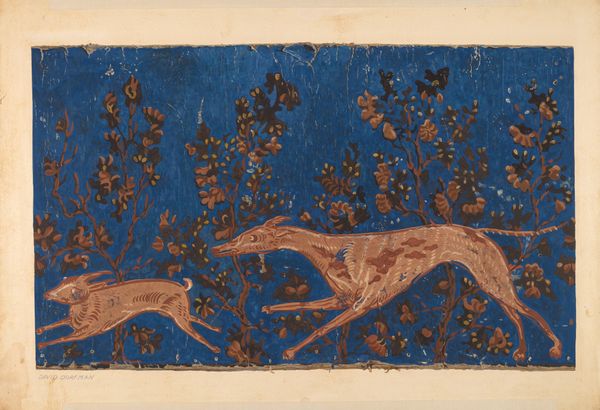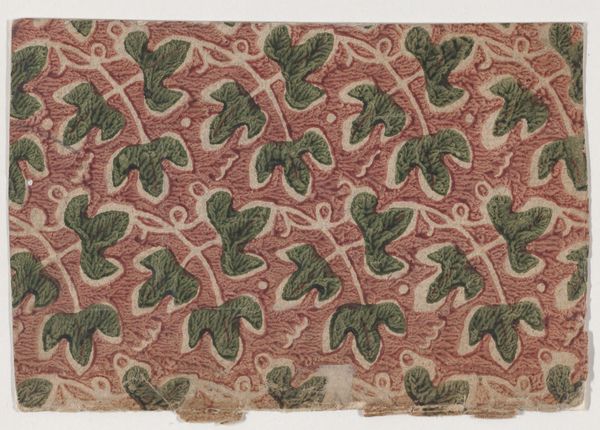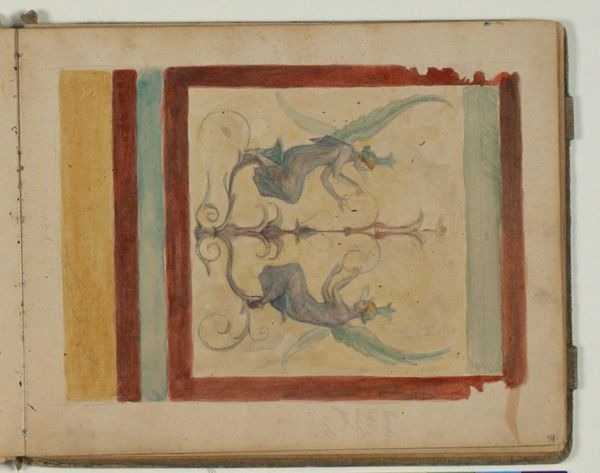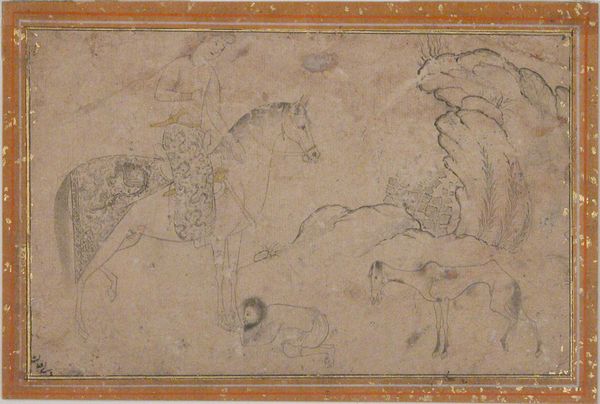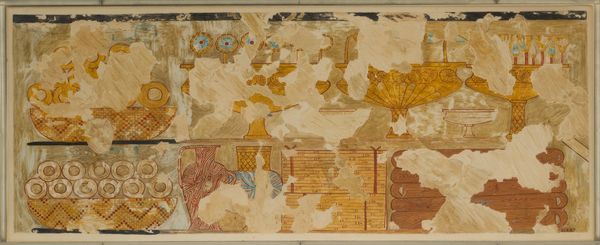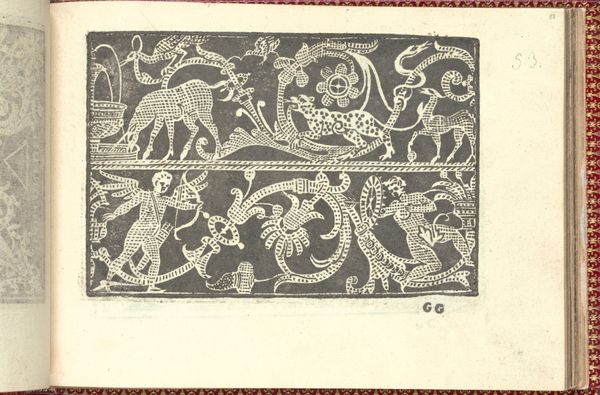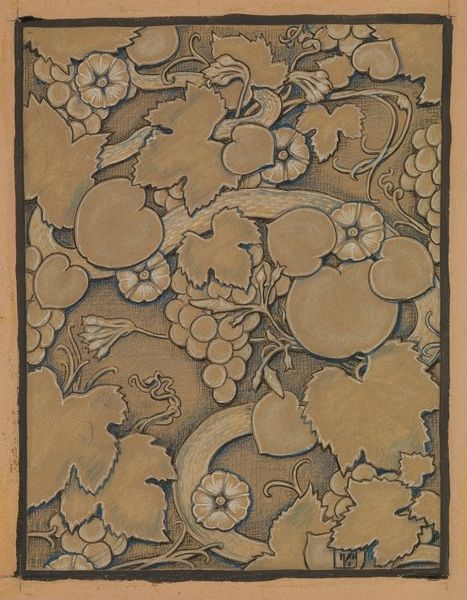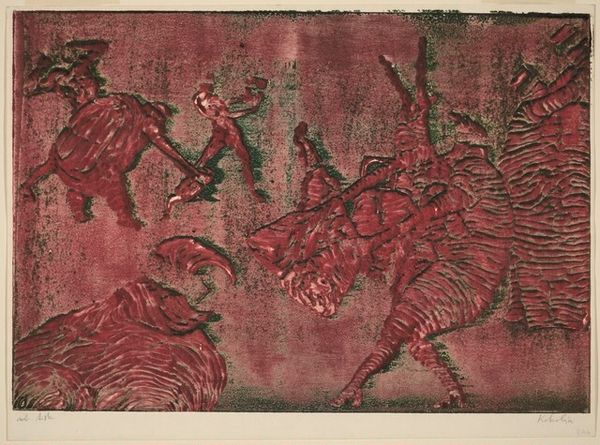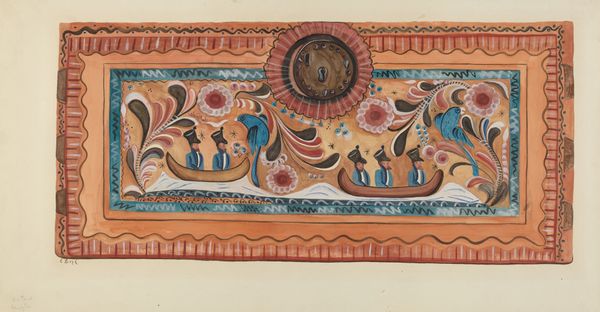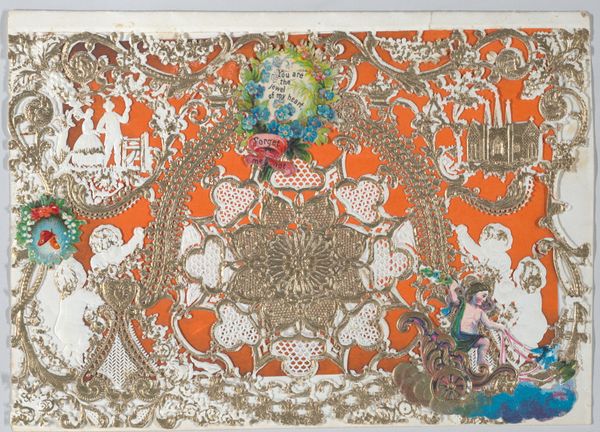
Provisions from Nubia Stored in the Temple, Tomb of Rekhmire 1479 BC
0:00
0:00
painting, watercolor, mural
#
narrative-art
#
painting
#
ancient-egyptian-art
#
figuration
#
watercolor
#
egypt
#
ancient-mediterranean
#
history-painting
#
mural
#
watercolor
Dimensions: facsimile: h. 17.5 cm (6 7/8 in); w. 38 cm (14 15/16 in) scale 1:1 framed: h.
Copyright: Public Domain
Nina de Garis Davies created this watercolor facsimile of a wall painting from the tomb of Rekhmire, an 18th Dynasty official, sometime before her death in 1965. It depicts monkeys and a leopard skin, presumably among the goods brought from Nubia as tribute or trade. The image speaks volumes about ancient Egypt’s reach into other parts of Africa, and the visual codes through which foreign lands were represented. Nubia, south of Egypt, was known for its resources – gold, ivory, animal skins. Wall paintings in tombs and temples served a public role in the maintenance of social order. They were meant to commemorate the elite individuals who commissioned them and the gods and rulers they served, and also to demonstrate the wealth, power, and reach of Egyptian civilization. Historians like myself use archaeological reports, texts, and of course the art itself to try to piece together the relationship between cultures in the ancient world.
Comments
No comments
Be the first to comment and join the conversation on the ultimate creative platform.

